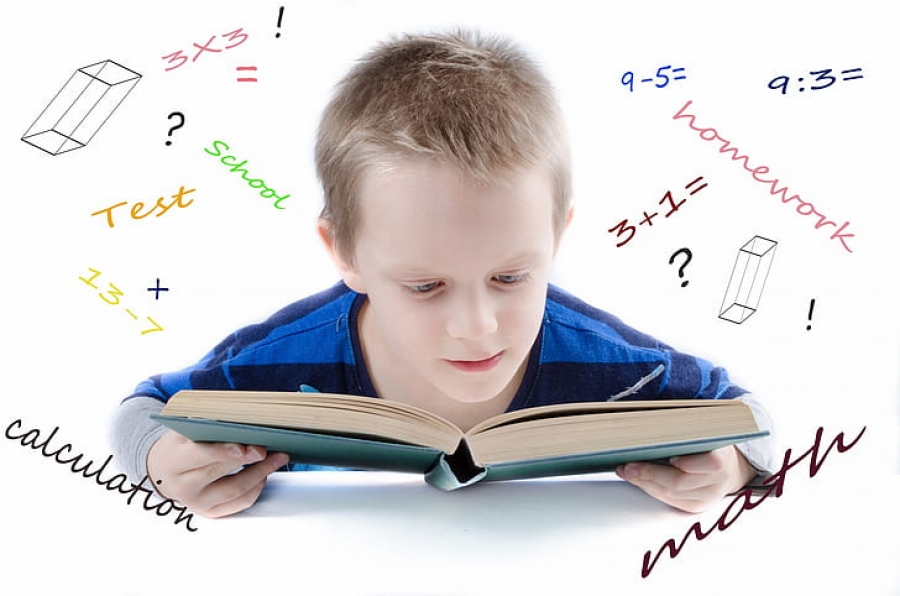Tackling lost learning is clearly a priority. But before we can do this there are other gaps to address.
Rebuilding learning behaviour
While children’s learning has suffered, their learning behaviours have taken a parallel dip, simply by being away from the school routine. We are social beings and as such we’re conditioned by our environment to do things in a certain way. Primary school children know that they need to put up their hand to answer a question, for example, or sit quietly at story time. But with up to six months out of the ring, these habits can fall by the wayside.
Pupils will have to work hard to get back on form and ready to learn, rather like footballers at the start of a season who need to return to match fitness. Our trust is approaching this task with the help of a recovery curriculum to re-establish learning behaviours that pupils and teachers used to take for granted, such as listening in class. When these good habits become second nature once again, the children will be fit enough to catch up on their learning.
Renewing emotional wellbeing
From what I have seen, the vast majority of children love being back at school and revel in the excitement of being reunited with friends, classmates and teachers. However, this could prove to be something of a honeymoon period before children tire of social distancing, frequent sanitising and face masks – and the hard graft of learning sets in.
Early years children sitting at desks in rows may miss the freedom they had previously to explore learning zones in the classroom, while older students are bound to find it frustrating being confined to a bubble and unable to socialise more widely. Students entering Years 11 and 13 will be painfully aware of their approaching exams, and the hard work ahead.
As a consequence, we could see anxiety levels rising rather than falling as the term goes on, and schools will need a clear strategy to alleviate the longer term fears of children and their parents. Parental engagement is key here as it can help to mitigate anxiety on all fronts. But emails, texts and newsletters alone are not enough right now. Few schools have the time or resources to call each individual parent, but techniques such as crowdcasting – or live video broadcasting – can bridge the gap between getting a message out to the many without losing the personal touch.
Our senior leaders use video platforms to broadcast to specific groups of parents according to the age of their child, for example, or their geographical location. The element of visibility is important here, and can help schools explain why they are taking certain measures while demonstrating an understanding of parents’ concerns.
Reshaping education for a changed world
Although we all have moments when we yearn for a return to pre-Covid days, we have to accept things will never be the same. But there are opportunities to take some of the trends that emerged from the crisis and turn them into a better way of working for a post pandemic future.
Our model of education is still very much based on a Victorian approach to pedagogy with children gathered in groups, and the teacher as the sage on the stage. It’s not always the best use of learning time, whereas complementing face-to-face teaching with technology can help to create more independent learners. We’ve seen this happen during lockdown, when some young people thrived on blended learning, engaging with their teachers remotely, one-to-one, beyond the constraints of the classroom. Many teachers have flourished too. Colleagues who were initially reluctant to appear on camera turned into digital superstars who have taken the laptop screen by storm and become teaching personalities in their own right.
Perhaps we should play to the strengths of our teams and keep using video to get those flamboyant, articulate teachers in front of more children than their usual timetabled classes. Every child in a school could benefit from inspirational teaching from your most brilliant maths teacher, freeing up other staff members to work in smaller groups to boost ability levels.
The focus of this academic year will be on closing learning gaps, but instead of rushing to catch up, we should devote time and patience to restoring good learning behaviour, bolstering emotional resilience and building a positive future. The long journey to match fitness starts with the right state of mind.
Tips for making the most of the year ahead
- Help children develop good learning habits such as organising their time and focusing on the lesson before addressing gaps in pupils’ learning.
- Put aside a safe space where children can talk about their concerns on a one-to-one basis or in small groups with a designated staff member.
- Share best practice across your school or trust with regular debriefs to discuss issues that have arisen during the day and how you have dealt with them.
- Send clear communications to parents explaining why your school or MAT has made changes designed to keep children and staff safe.
- Retain some of the digital teaching tools your school found successful during lockdown, such as online quizzes, and use these in combination with face-to-face teaching.
![]() Looking for technology tools to support blended learning? Check out our list of the best education technology resources on the EdTech reviews platform EdTech Impact.
Looking for technology tools to support blended learning? Check out our list of the best education technology resources on the EdTech reviews platform EdTech Impact.


















